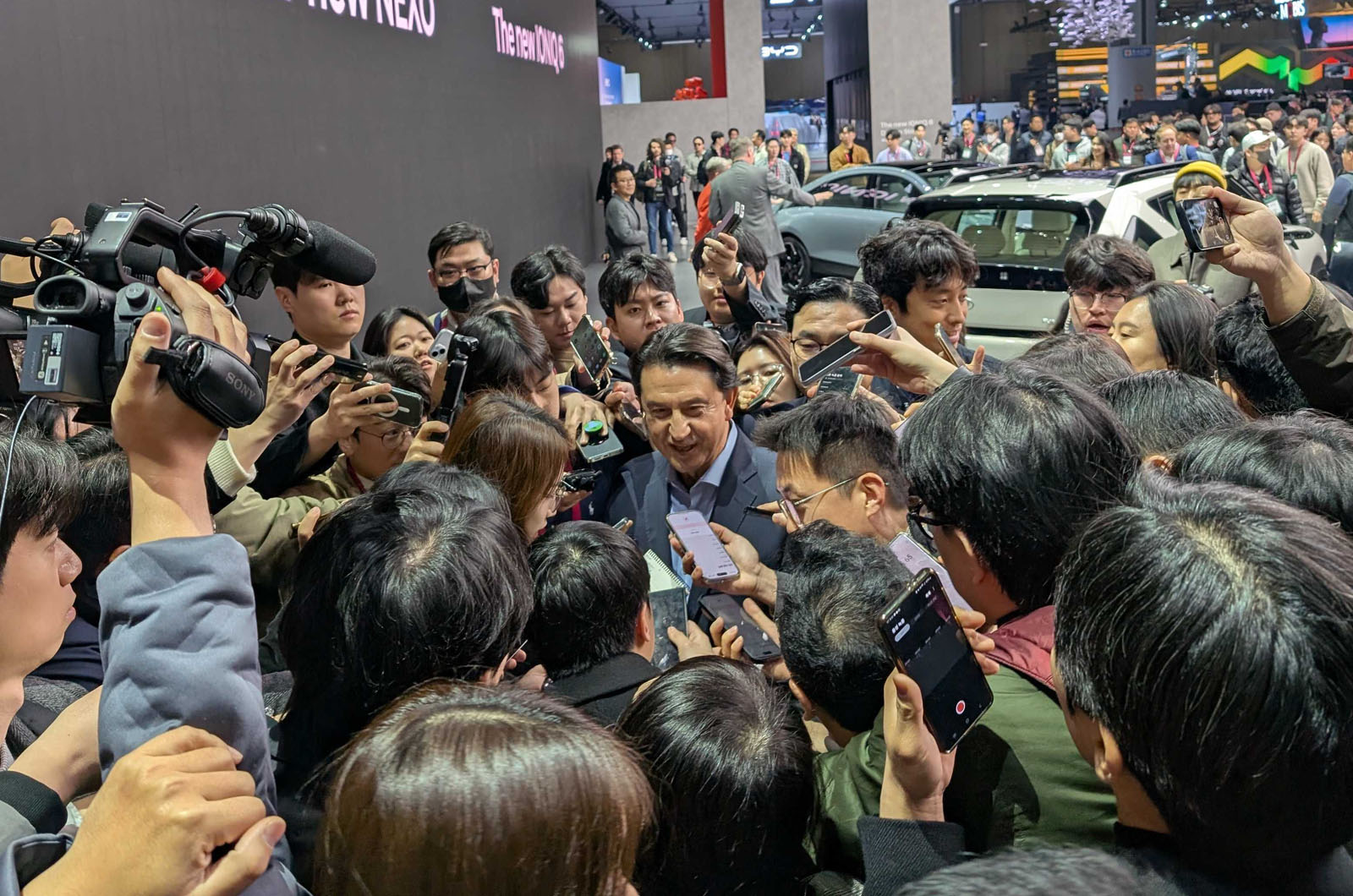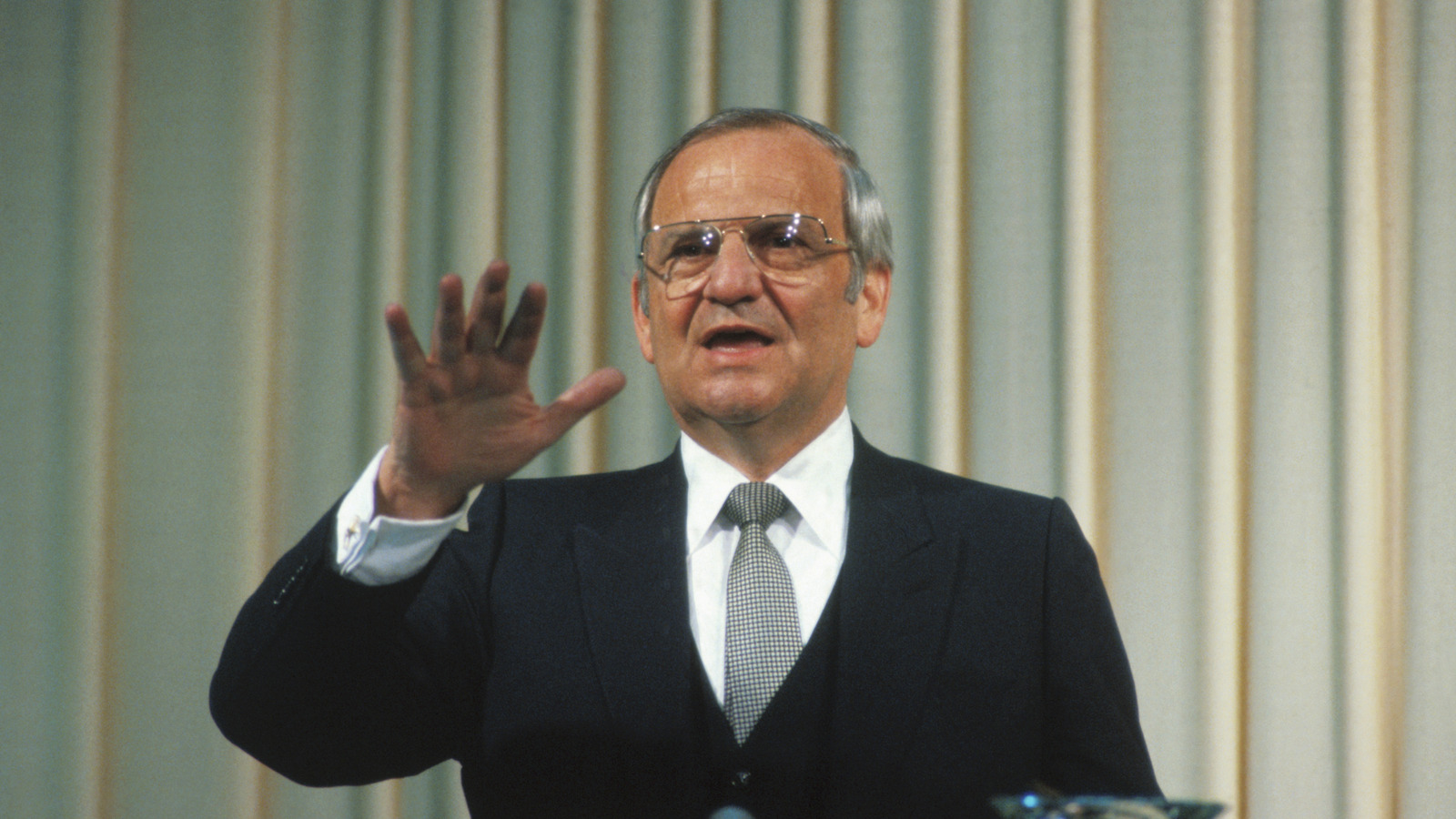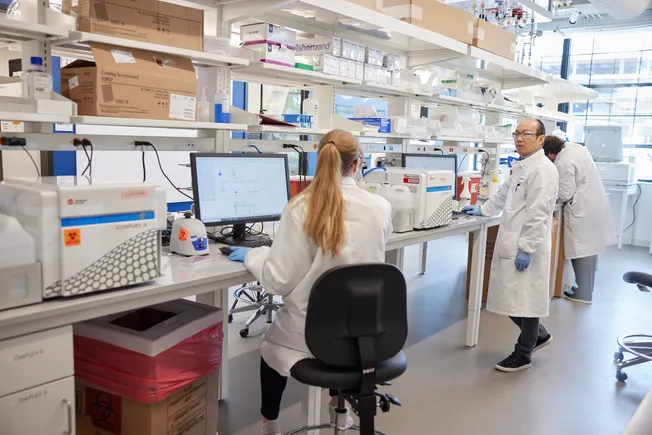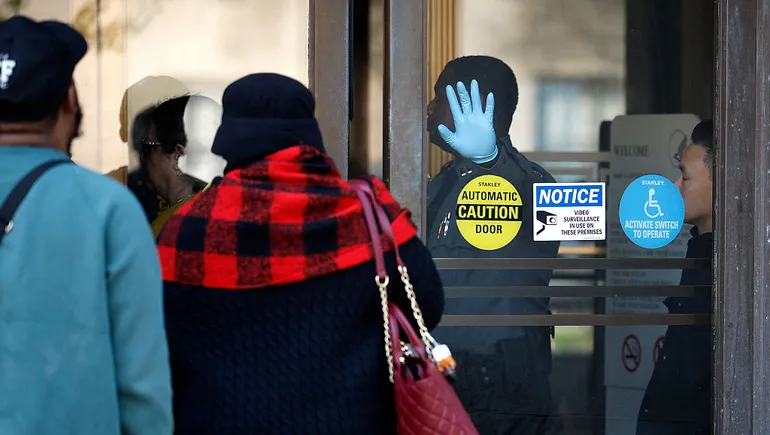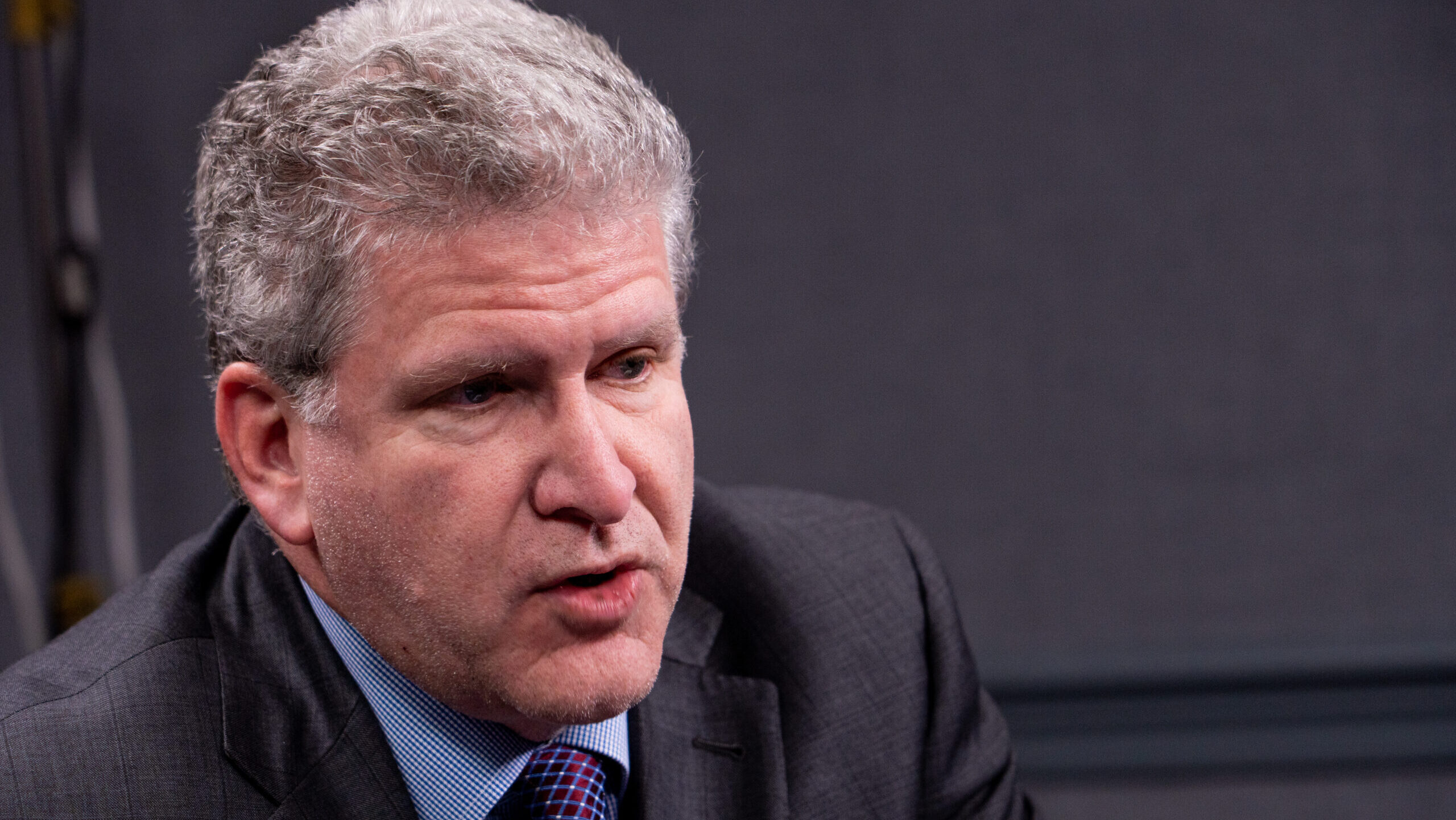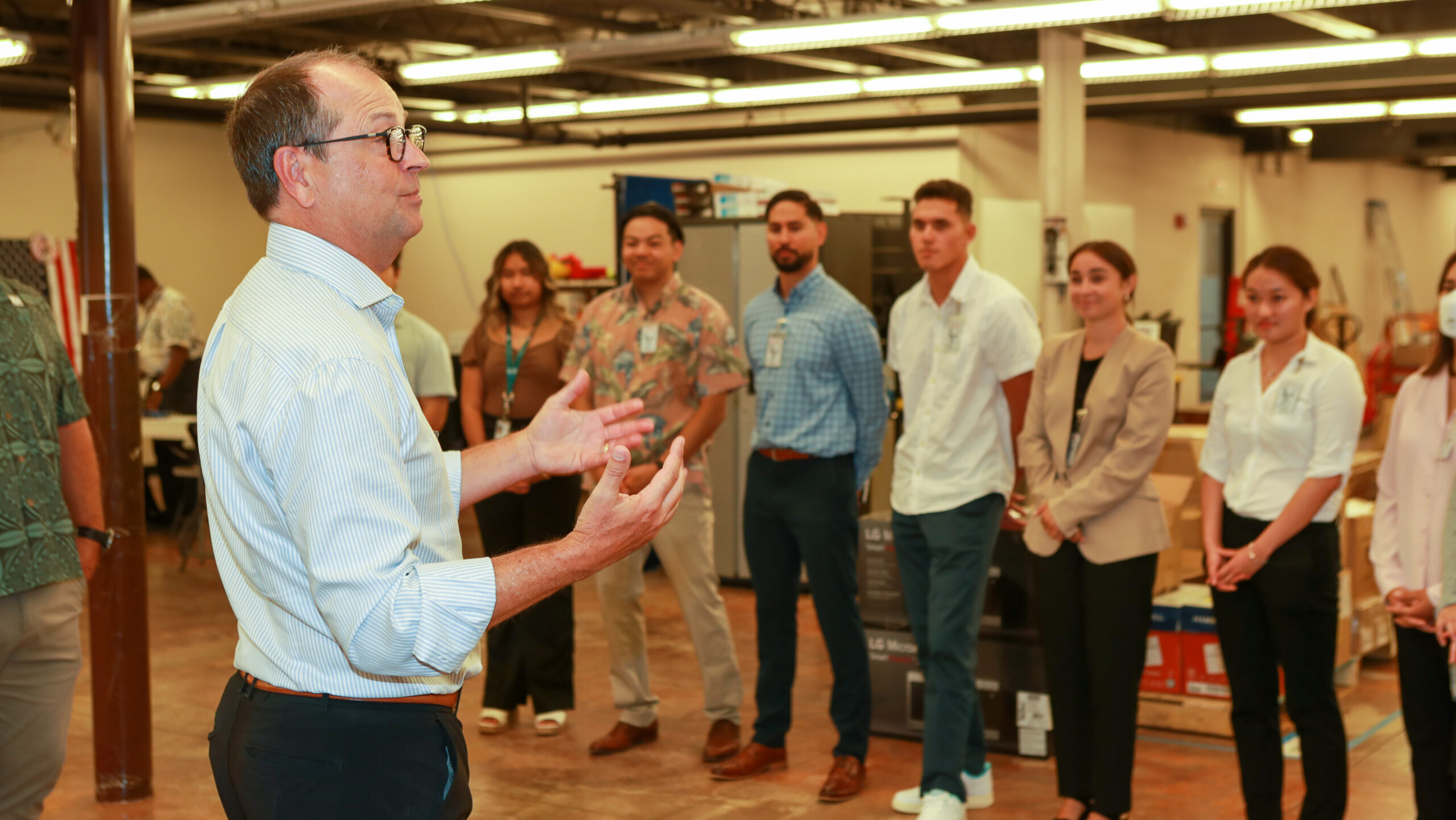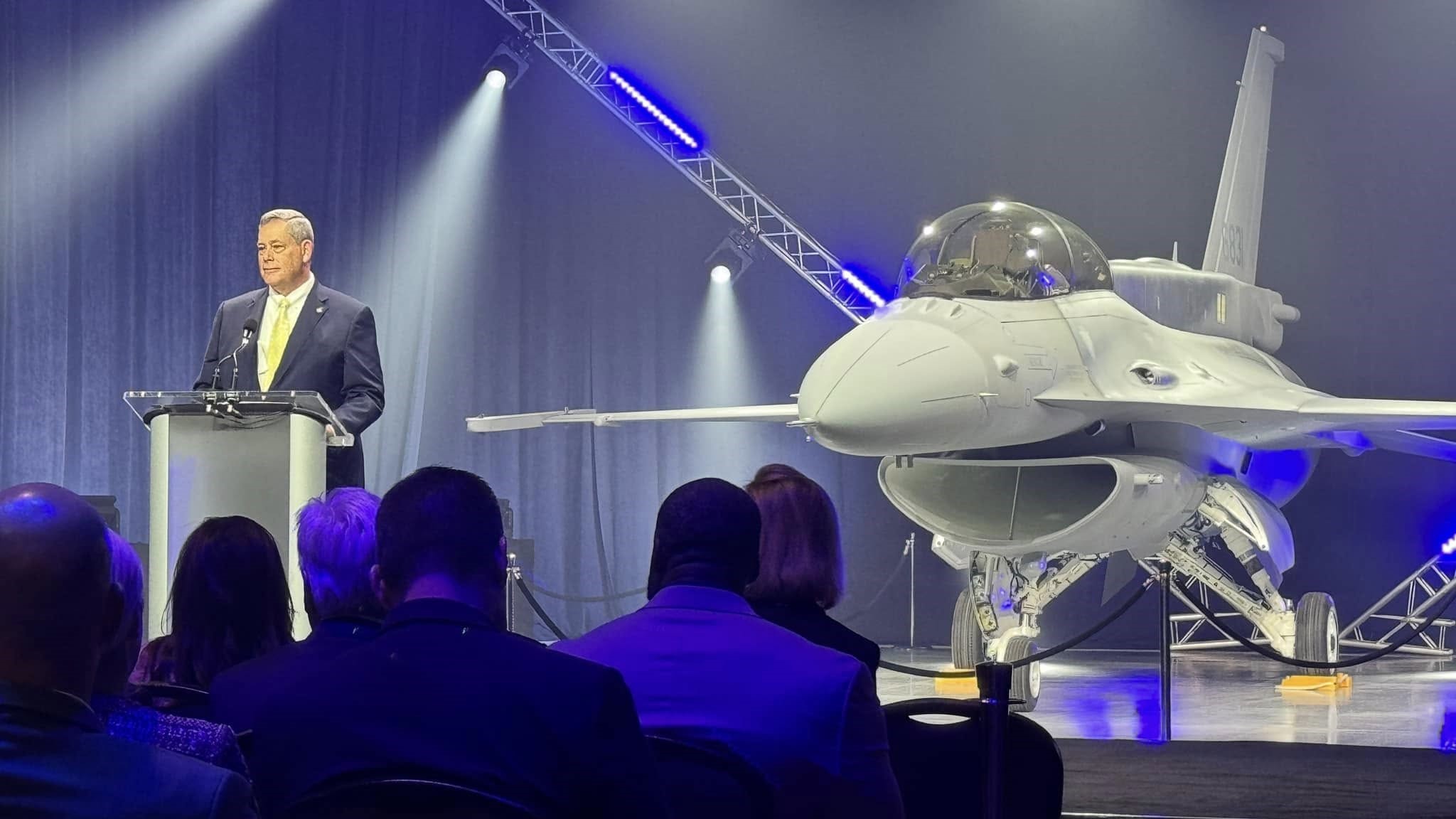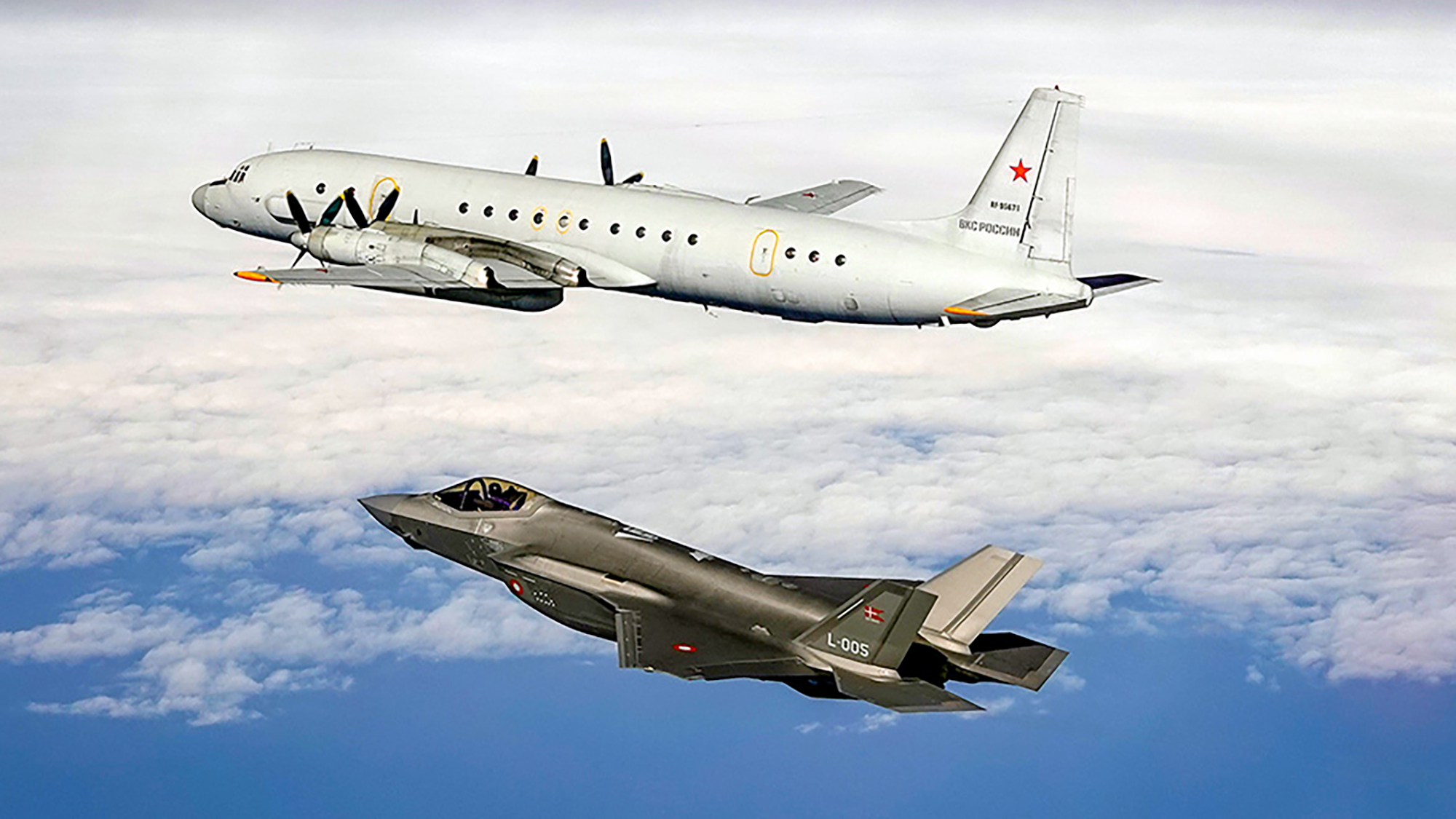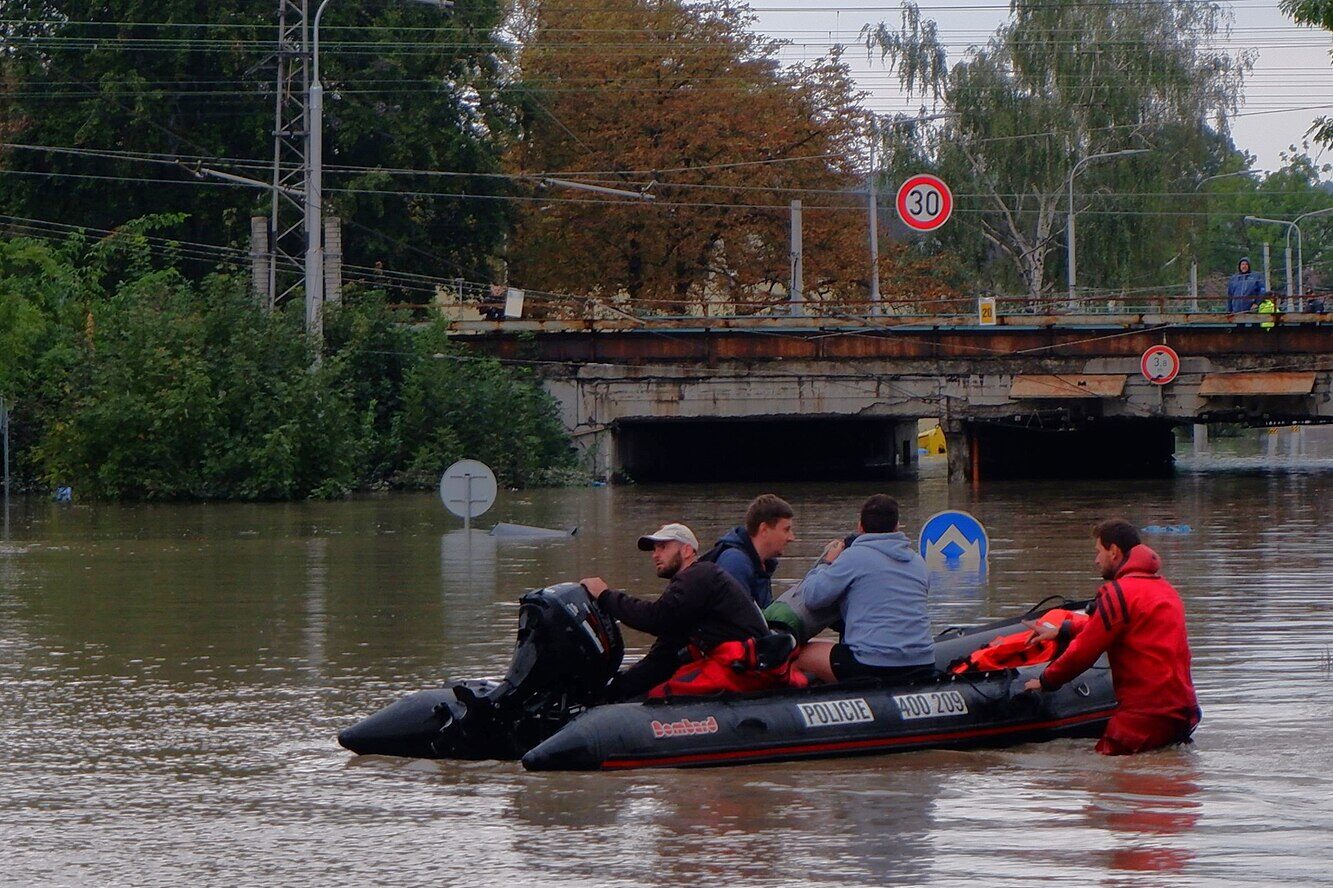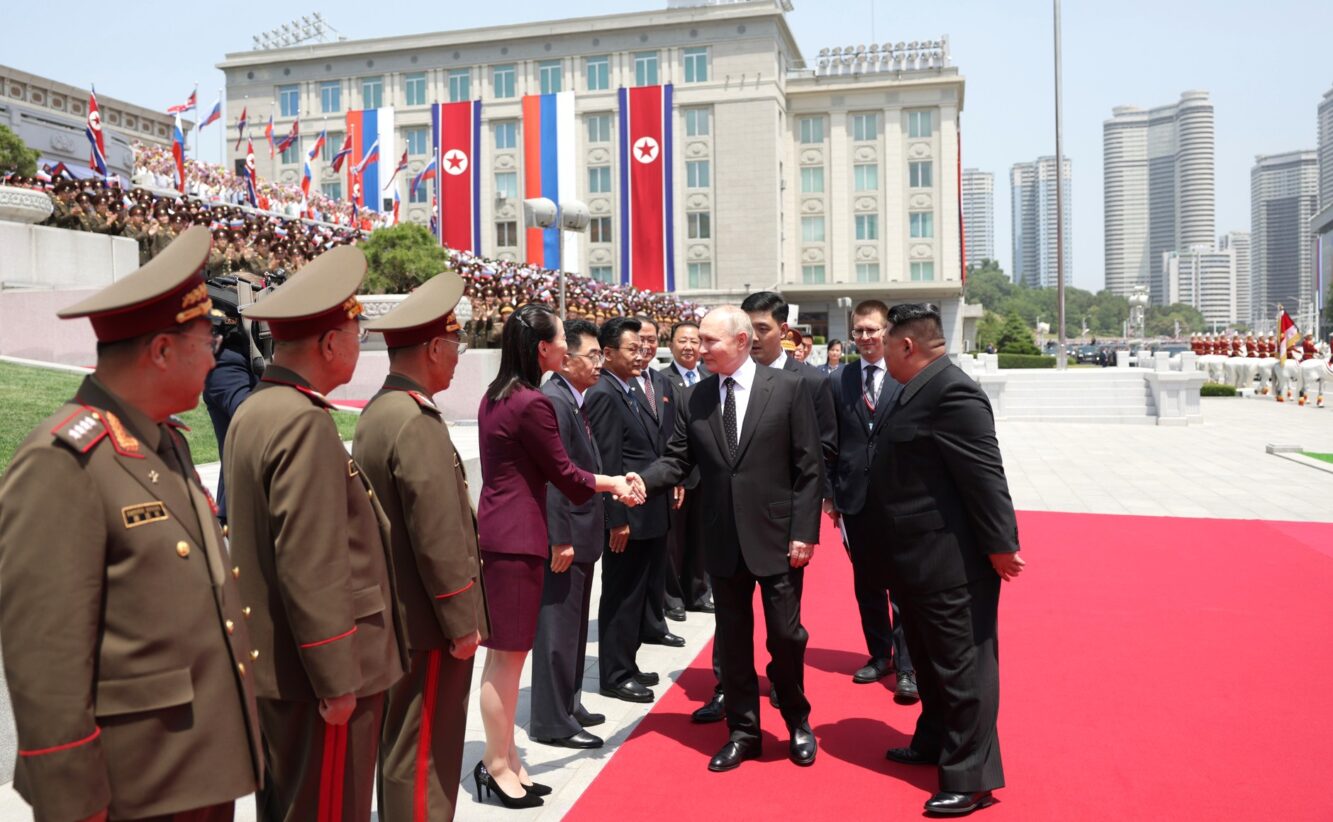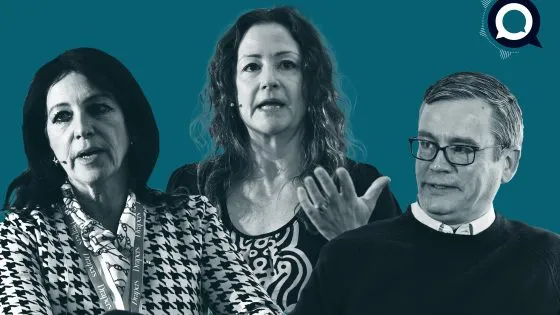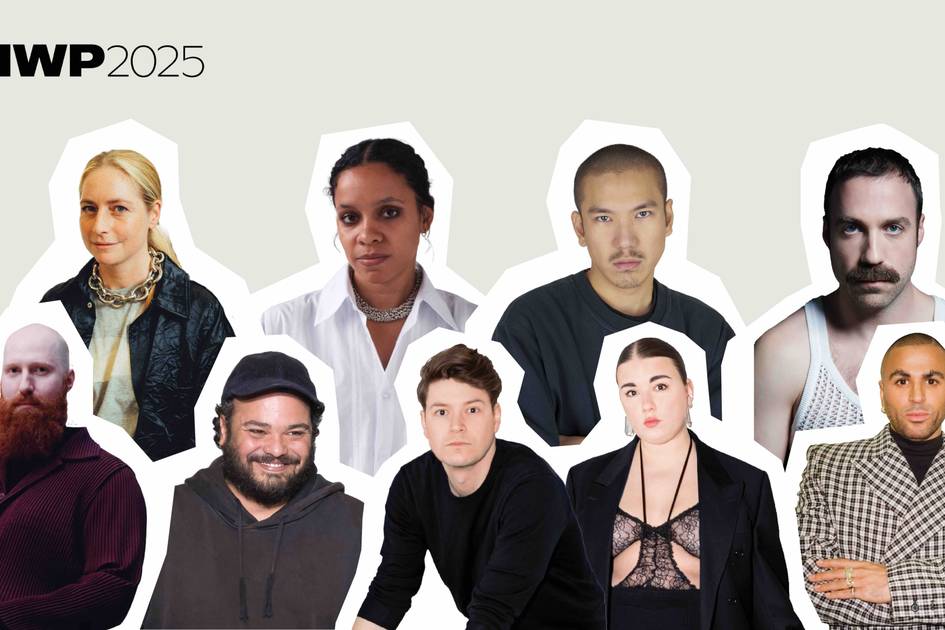Bridging the Skilled Labor Gap with Veteran Talent
Veterans’ discipline, leadership, and adaptability make them invaluable in strengthening America’s manufacturing workforce. The post Bridging the Skilled Labor Gap with Veteran Talent appeared first on Fabricating & Metalworking.


The United States is at a critical juncture when it comes to attracting workers to the welding industry. According to data from the American Welding Society, 336,000 new welding professionals, be they sheet metal workers, structural metal fabricators and fitters, boilermakers, welders and cutters and more, are needed by 2026. AWS projected the country needs to fill an average of 82,500 welding positions each year between 2024-2028.
While there are many factors behind the demand, such as industry sector expansions, and welding professionals retiring (more than 159,000 welders are approaching retirement age) or changing industries, organizations across the country are doing their parts to attract, train and retain welding professionals. They are reaching out and tapping underserved communities, women and the nation’s veterans and transitioning service members to explore careers as welding professionals.
One such organization is the Workshops for Warriors (WFW), based in San Diego, Calif., which features an advanced manufacturing training program that delivers a powerful impact by equipping veterans and transitioning service members with the skills and certifications needed to excel in the manufacturing industry. Through intensive vocational training, participants earn nationally recognized credentials that prepare them for high-demand careers across every state in America. In just 16 weeks, graduates are ready to enter the workforce, earn living wages, achieve long-term self-sufficiency, and help to rebuild the nation’s workforce.
Below, members of the WFW Welding program share insights on how veterans are helping bridge the skilled labor gap.
Lyle Palm: What unique advantages do veterans bring to the welding workforce, and how can employers leverage these benefits?

Jim Fitzgerald, Lead Instructor: Welding is a difficult job done in all conditions. It is physically taxing and requires grit and determination. This is just par for the course for a veteran. We’re used to a job that is dangerous and requires you to push through things like bad weather, uncomfortable work positions and fatigue.
Elijah Moralez, Teaching Assistant: Veterans bring dedication and take pride in their craft. We are held to a high standard while in the service; we are one big team, and we play a vital role in getting the mission or task accomplished.
Lyle Palm: What role do certifications and hands-on training play in ensuring that veterans are fully prepared for welding roles in the industry?
Jim Fitzgerald: You can graduate from a welding class academically, but that doesn’t mean you can weld. You need hands-on training and experience. Like we say, you can’t fake a bend test. You either put the work in to build the skills or you didn’t. A certification is the only way to prove you can weld. It either meets the standards or it doesn’t.
Bethany Prescott, Teaching Assistant: Hands-on training helps veterans refine their techniques and gain practical experience, making them fully prepared for welding careers. Certifications, such as those from the American Welding Society, confirm veterans’ skills and industry readiness.
Lyle Palm: How does the alignment between veterans welding programs and the industry help fill the current welding workforce gaps?

Bethany Prescott: Veterans will help close the manufacturing workforce gap by bringing valuable skills such as discipline, problem-solving, and leadership to the workforce. Their experience in technical fields and adherence to strict protocols make them highly adaptable and reliable employees. Veteran-focused training programs like Workshops for Warriors equip students with industry-specific skills, ensuring they are job-ready and able to meet the evolving demands of the manufacturing sector. By filling critical roles in welding, machining, and other manufacturing areas, Workshops for Warriors helps fill workforce shortages, improve productivity and longevity of employees, and enhance the overall strength of the industry.
Lyle Palm: How can companies partner with veteran welding programs to ensure that their training curriculum aligns with current industry needs and technological advancements?
Jim Fitzgerald: Communicate. We try to anticipate the needs of future employers for our students, but we can only do so much without feedback. We always try to engage with companies at job fairs and ask what they’re looking for and what holes they see in the skills of their new hires.
Elijah Moralez: If a company needs welders for their specific product or projects, they should research the school that has the proper welding processes and certifications they need to make sure their product is effective with today’s technology.
Bethany Prescott: Companies can partner with veteran welding programs like Workshops for Warriors by joining advisory boards, co-developing curriculum, and offering on-the-job training through internships or apprenticeships. Providing modern equipment, giving continuous feedback on graduates’ performance, and integrating industry-specific certifications ensure the training aligns with current industry needs and technological advancements.
Lyle Palm: In what ways can industry stakeholders support veteran welding programs to ensure that the next generation of welders is ready to meet future challenges?
Jim Fitzgerald: By engaging in and giving feedback as to what your needs are in a welder is huge. Obviously, donations of equipment, materials, and money are always helpful, but as a training program, the more we understand what an employer is looking for, the better we can prepare our students. It’s a win-win. We have a better chance of placing our graduates, and the company gets a better employee.
Bethany Prescott: Industry stakeholders can support veteran welding programs like Workshops for Warriors by providing funding, resources, and modern equipment; collaborating on curriculum updates; and offering internships or apprenticeships for hands-on experience. They can also support certification integration, offer mentorship, and assist with job placement to ensure veterans are well-prepared to meet future industry challenges.
Lyle Palm: How can welding training organizations foster relationships with industry leaders to facilitate job placements for veterans once they complete their training?
Jim Fitzgerald: The product of any training organization is the success of its graduates. If we’re putting out quality employees, that gets the attention of hiring managers. Over time, they come to trust that we’re a filter, not a pump. If we hold true to our standards, we will weed out candidates that aren’t suited for a job in this industry. My goal is to have every foreman in the country excited when they hear that a Workshops for Warriors graduate has been hired.
Bethany Prescott: Partnering with businesses to offer internships and apprenticeships provides veterans with critical hands-on experience in real-world settings, which can significantly improve their chances of securing a permanent job after completing their training.
The path forward is clear: bridging the skilled labor gap requires collaboration between training programs, industry stakeholders, and veteran-focused initiatives such as Workshops for Warriors. By investing in hands-on training, certifications, and strong partnerships with employers, we can equip veterans with the skills they need to thrive while strengthening the backbone of American manufacturing.
The post Bridging the Skilled Labor Gap with Veteran Talent appeared first on Fabricating & Metalworking.



















